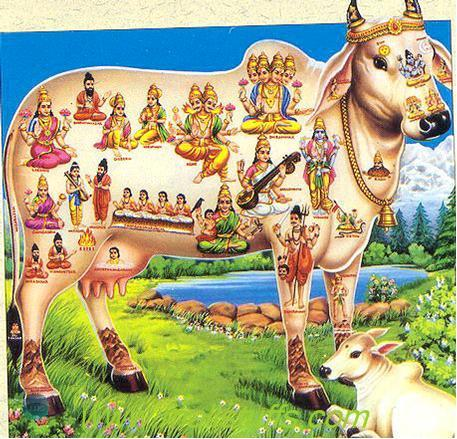Among the many gods of ancient Egypt, one stood out for his fearsome appearance and complex role in both religion and everyday life: Sobek, the crocodile-headed deity of the Nile. Revered as both protector and predator, Sobek embodied the raw, untamed power of nature—a god who could bring fertility and strength, or chaos and destruction. His cult was among the most unique in Egypt, blending reverence, awe, and practical fear of the Nile’s most dangerous animal.
Who Was Sobek?
Sobek was depicted as a man with the head of a crocodile, or sometimes as a full crocodile adorned with a headdress and the ankh of life. He represented:
The Nile’s might and fertility
Protection in water and battle
Power, virility, and rebirth
As crocodiles were both feared and respected by the ancient Egyptians, Sobek was a deity who demanded attention and devotion. He was considered a creator god in some myths and was sometimes linked to Ra, the sun god, forming the composite deity Sobek-Ra.
Sobek’s Role in Mythology
Sobek’s mythology is multifaceted:
Protector of the pharaoh: In many texts, Sobek guards the king, lending him strength and ferocity in war. His association with the pharaoh's power and military might made him a political deity as well.
Healer and nurturer: In contrast to his violent aspect, Sobek was also connected to healing waters, fertility, and the restoration of sight—notably in the myth where he helps recover Horus’ lost eye.
Linked to creation: Some myths claim Sobek emerged from the primordial waters to help create the world, reinforcing his role as a life-giving force.
Centers of Sobek’s Worship
Sobek had powerful cult followings in regions where crocodiles were plentiful:
Crocodilopolis (Shedet) – Faiyum Oasis
The epicenter of Sobek worship, located in the fertile Faiyum region.
Home to a sacred crocodile named Petsuchos, believed to be the living embodiment of the god.
The crocodile was adorned in gold and jewels and kept in a temple pool, fed by priests and worshipped by pilgrims.
Kom Ombo
A dual temple shared by Sobek and Haroeris (Horus the Elder).
Located along the Nile in Upper Egypt, Kom Ombo emphasized Sobek’s role as a protector of Nile travelers and source of healing.
Sacred crocodiles were buried in elaborate mummified tombs, some of which have been discovered in nearby necropolises.
Sobek and the Nile
To the Egyptians, the Nile was life—it irrigated crops, provided drinking water, and allowed trade and travel. But it also harbored hidden dangers, like crocodiles.
Sobek was believed to control the Nile’s waters, ensuring that its annual inundation brought fertility instead of destruction. Farmers and fishermen made offerings to appease him, hoping to avoid attacks and secure good harvests.
Sobek’s Priests and Rituals
Sobek’s priesthood held significant authority in his cult centers:
They cared for live crocodiles, seen as divine manifestations.
Offerings included meat, milk, wine, and even incense.
Mummification of crocodiles—some found wrapped in linen and buried with eggs—signified the reverence Sobek received.
Festivals in his honor involved ritual bathing, music, and sacrifices to invoke his blessing and mercy.
Sobek in Later Egyptian Religion
Over time, Sobek’s identity merged with other deities:
As Sobek-Ra, he gained solar attributes and a higher cosmic status.
In Greco-Roman Egypt, Sobek continued to be worshipped, especially in regions where crocodiles remained common.
Some depictions show Sobek helping Isis protect Horus, framing him as a loyal divine ally rather than just a fearsome god.
Legacy and Archaeological Finds
Modern excavations have revealed:
Dozens of mummified crocodiles and eggs in temple complexes.
Sculptures and reliefs showing Sobek in both regal and protective poses.
Texts that praise Sobek as a god who “rises in glory and brings abundance.”
Today, Kom Ombo and Crocodilopolis remain archaeological wonders, offering a glimpse into the spiritual world of those who lived alongside the Nile’s deadliest predator.







